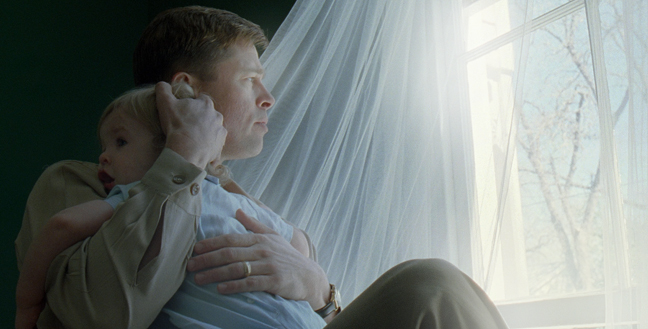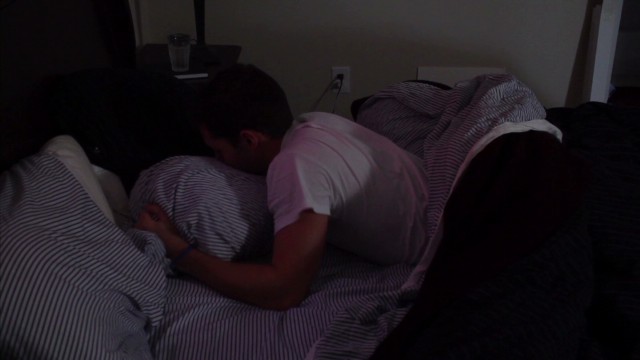Category Archives: Uncategorized
7 Things to Remember When You Think You’re Not Good Enough
http://themindunleashed.org/2014/07/7-things-remember-think-youre-good-enough.html
“We can’t hate ourselves into a version of ourselves we can love.” ~Lori Deschene
Workplace Bullying
Kids Matter – mental health for schoolkids
The KidsMatter site is funded by the Australian Commonwealth Department of Health. There is a specific section for primary schools, KidsMatter Primary.
Seems like an excellent initiative that’s been going for some years already, but not every school will be involved with it yet (cost shouldn’t be a hindrance, it’s free).
So please take a look and mention it to your contacts (principal, P&C, teacher) at your kids’ school!
Shift workers beware: Sleep loss may cause brain damage, new research says
http://edition.cnn.com/2014/03/19/health/sleep-loss-brain-damage/index.html
Shift workers beware: Sleep loss may cause brain damage, new research says
Students and Mental Health at University
The Guardian is collecting experiences from students regarding mental health at university. I must have missed this item earlier as there are only a few days left now to get your contribution in. Please take a look and put in your thoughts!
It’s always excellent to see mental health discussed. It helps us and society as a whole.
Rude vs. Mean vs. Bullying: Defining the Differences
http://www.huffingtonpost.com/signe-whitson/bullying_b_2188819.html
It is important to distinguish between rude, mean and bullying so that teachers, school administrators, police, youth workers, parents and kids all know what to pay attention to and when to intervene.
On inclusiveness – diversity
Ashe Dryden writes about Dissent Unheard Of – noting “Perhaps the scariest part of speaking out is seeing the subtle insinuation of consequence and veiled threats by those you speak against.”
From my reading of what goes on, much of it is not even very subtle, or veiled. Death and rape threats. Just astonishingly foul. This is not how human beings should treat each other, ever. I have the greatest respect for Ashe, and her courage in speaking out and not being deterred. Rock on Ashe!
The reason I write about it here on BlueHackers.org is that I think there is a fair overlap between issues of harassment and other nasties and depression, and it will affect individuals, companies, conferences and other organisations alike. So it’s important to call it out and actually deal with it, not regard it as someone else’s problem.
Our social and work place environments need to be inclusive for all, it’s as simple as that. Inclusiveness is key to achieving diversity, and diverse environments are the most creative and innovative. If a group is not diverse, you’re missing out in many ways, personally as well as commercially.
Please read Ashe’s thoughtful analysis of what causes people and places to often not be inclusive – such understanding is a good step towards effecting change. Is there something you can do personally to improve matters in an organisation? Please tell about your thoughts, actions and experiences. Let’s talk about this!
A novel look at how stories may change the brain
http://www.sciencedaily.com/releases/2014/01/140103204428.htm
Many people can recall reading at least one cherished story that they say changed their life. Now researchers have detected what may be biological traces related to this feeling: Actual changes in the brain that linger, at least for a few days, after reading a novel. Their findings, that reading a novel may cause changes in resting-state connectivity of the brain that persist, were published by the journal Brain Connectivity.
How emotions are mapped in the body
http://www.sciencedaily.com/releases/2013/12/131231094353.htm
Researchers found that the most common emotions trigger strong bodily sensations, and the bodily maps of these sensations were topographically different for different emotions. The sensation patterns were, however, consistent across different West European and East Asian cultures, highlighting that emotions and their corresponding bodily sensation patterns have a biological basis.




